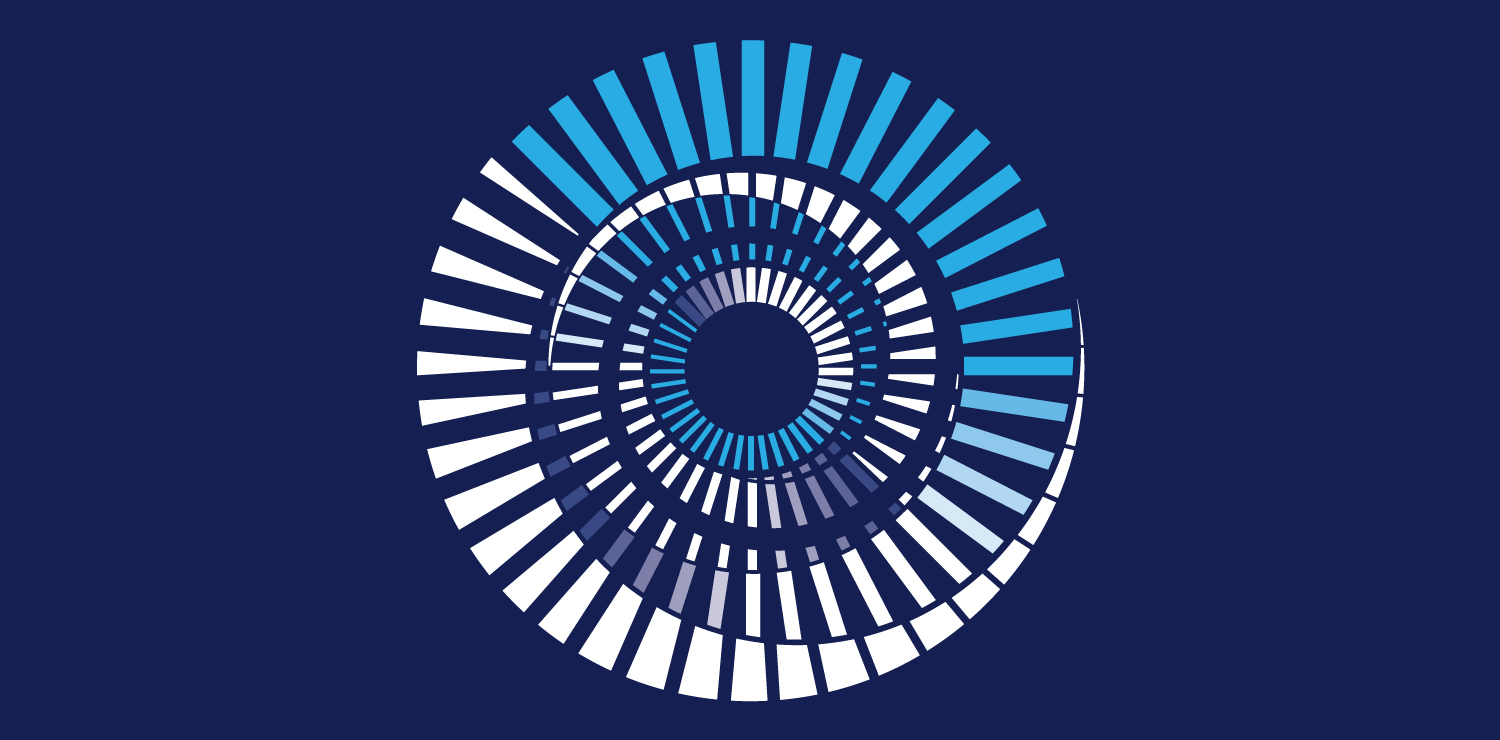
Circular Economy Conference Registration Now Open!
Bringing together, for the first time, all aspects of the Circular Economy into one unified, in-depth, multidisciplinary, action-based scientific conference
The Conference, which is organized by the Institute in partnership with the Ellen MacArthur Foundation and with support from the DOE’s Office of Energy Efficiency and Renewable Energy, will take place March 20-21, 2023, at the National Academy of Sciences Building, 2101 Constitution Ave., N.W., in Washington, D.C.
“REMADE and our partners are very excited about bringing together, for the first time, all aspects of the circular economy into one unified, in-depth, multidisciplinary, action-based scientific conference and national thought-leadership event,” said REMADE CEO Nabil Nasr. “We strongly encourage industry innovators, academic researchers, and others — from university students just starting out, to international experts renowned in their fields — to attend this critically important event.”
The Conference seeks to advance the conversation on a circular approach and how it can benefit nations in meeting their multiple energy, environmental, manufacturing, industrial decarbonization, and economic goals. The Conference will share new and detailed information on technologies capable of advancing and accelerating the transition to a circular economy and will have a specific theme focused on breakthroughs in sustainable manufacturing, circular technologies, and clean tech innovations.